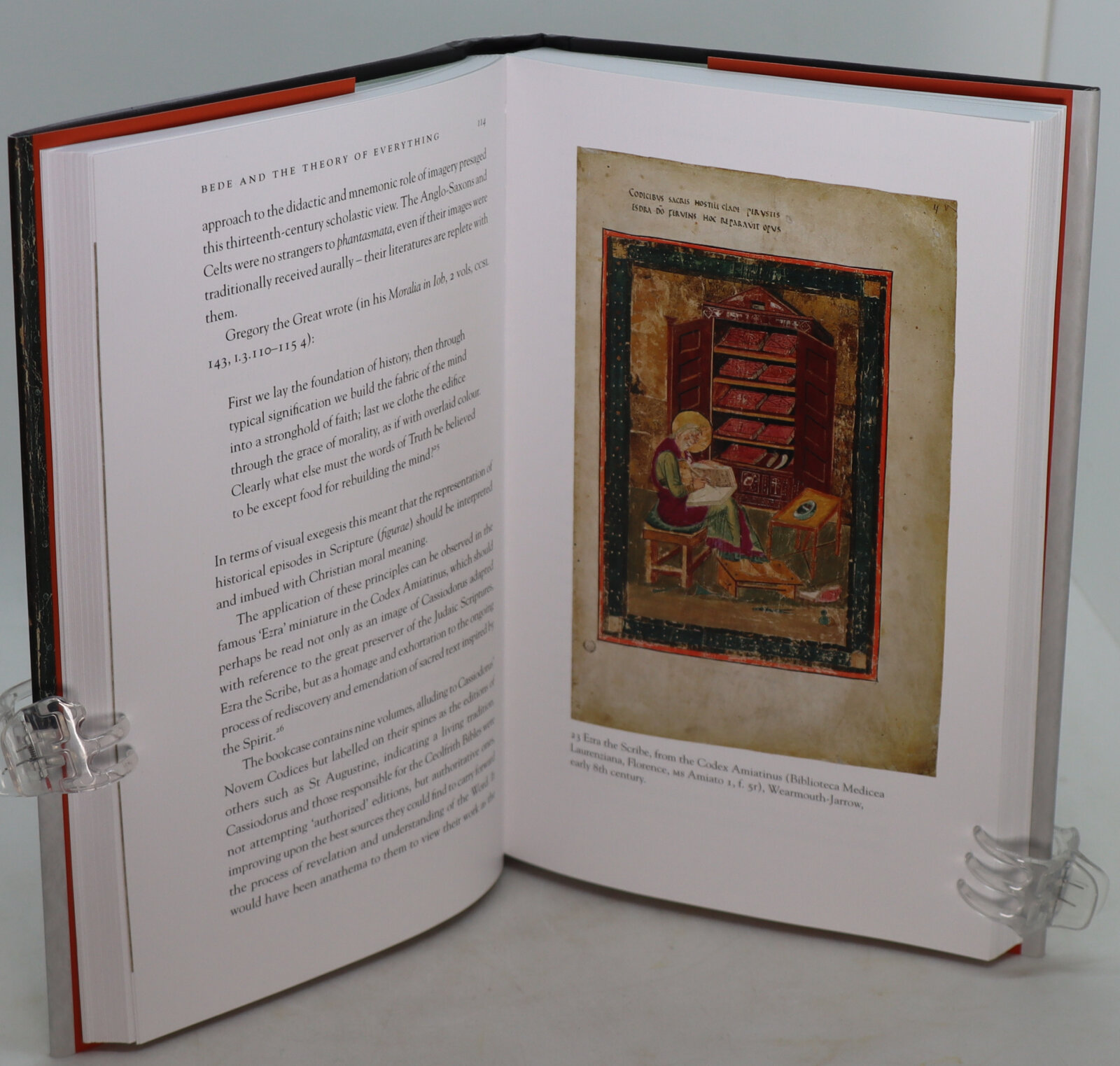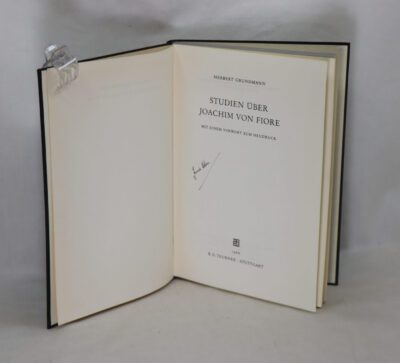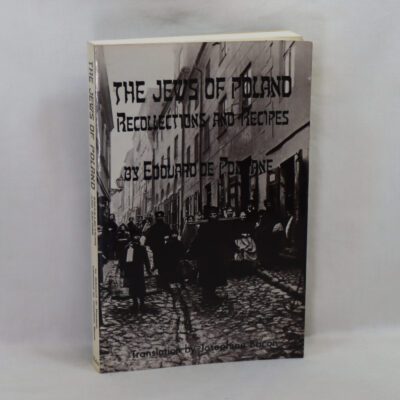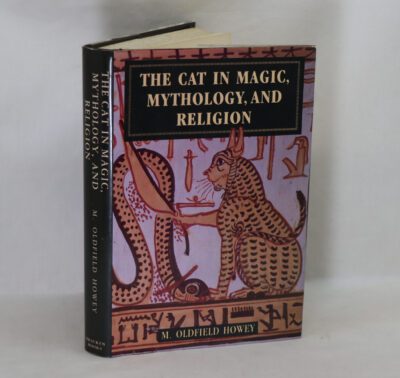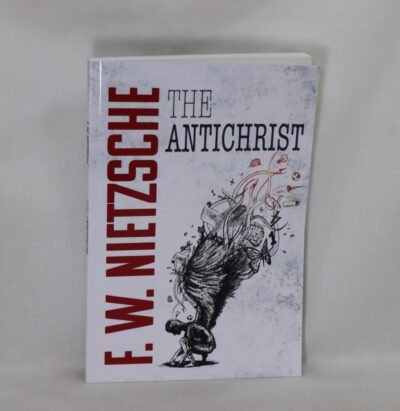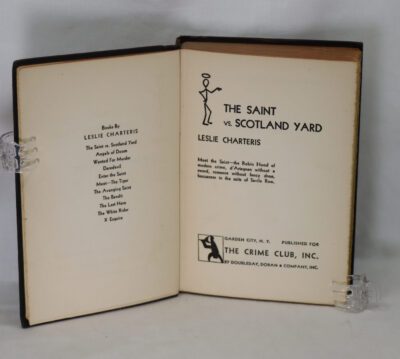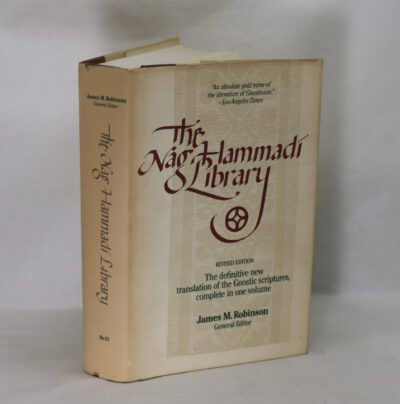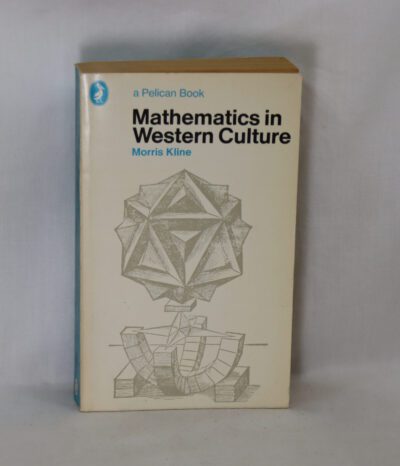Bede and the Theory of Everything.
By Michelle P Brown
ISBN: 9781789148275
Printed: 2023
Publisher: Reaktion Books. London
| Dimensions | 15 × 23 × 3 cm |
|---|---|
| Language |
Language: English
Size (cminches): 15 x 23 x 3
Condition: As new (See explanation of ratings)
Your items
Item information
Description
In the original dustsheet. Black binding with orange title on the spine.
-
F.B.A. provides an in-depth photographic presentation of this item to stimulate your feeling and touch. More traditional book descriptions are immediately available.
This book investigates the life and world of Bede (c. 673–735), foremost scholar of the early Middle Ages and ‘the father of English history’. It examines his notable feats, including calculating the first tide-tables; playing a role in the creation of the Ceolfrith Bibles and the Lindisfarne Gospels; writing the earliest extant Old English poetry and the earliest translation of part of the Bible into English; and composing his famous Ecclesiastical History of the English People, with its single dating system. Despite never leaving Northumbria, Bede also wrote a guide to the Holy Land. Michelle P. Brown, an authority on the period, describes new discoveries regarding Bede’s handwriting, his research programme and his previously lost Old English translation of St John’s Gospel, dictated on his deathbed.
Reviews
‘A wonderfully readable and comprehensive introduction to perhaps the greatest European intellectual of his era, a writer whose scholarly achievement was foundational for much of the thought of the Western Middle Ages. Michelle P. Brown succeeds in giving us a lively picture of the material surroundings of Bede’s life and work as well as a solid account of his thinking.’ –Rowan Williams, former Archbishop of Canterbury
‘This hugely enjoyable book reveals Bede as one who held together science and poetry, who rejoiced in both Christian and secular writing, who was dedicated to both social justice and to prayer, who honoured the different (and squabbling) parties of the church of his day, and who sought to weave the disparate people groups of these remote islands into a single tapestry – like the carpet pages of the Lindisfarne Gospels. Today, when the church is divided, society is fractious and interaction is frequently toxic, we need to attend to his harmonious vision as never before. This book will help us to do that deeply and delightfully.’ –Michael Lloyd, Principal of Wycliffe Hall, University of Oxford
‘A wonderful portrait of Bede the Venerable, his world, his works, his story and his legacy. This account of the influential “scholar-scientist” introduces Bede to a new generation of readers. Authoritative, insightful and deeply informed by her rich knowledge of the early medieval centuries, Michelle P. Brown is to be congratulated on this important work.’ –Clare A. Lees, Professor of Medieval Literature, IES Director, and Vice Dean of the School of Advanced Study, University of London –This text refers to the hardcover edition.
About the Author – Michelle P. Brown is Professor Emerita of Medieval Manuscript Studies at the School of Advanced Study, University of London, and was formerly Curator of Illuminated Manuscripts at the British Library. Her books include Art of the Islands (2016) and The Lindisfarne Gospels (2003).
The Venerable Bede writing. Detail from a 12th century codex
Bede (672/3 – 26 May 735), also known as Saint Bede, The Venerable Bede, and Bede the Venerable (Latin: Beda Venerabilis), was an English monk and an author and scholar. He was one of the greatest teachers and writers during the Early Middle Ages, and his most famous work, Ecclesiastical History of the English People, gained him the title “The Father of English History”. He served at the monastery of St Peter and its companion monastery of St Paul in the Kingdom of Northumbria of the Angles.
Born on lands belonging to the twin monastery of Monkwearmouth–Jarrow in present-day Tyne and Wear, England, Bede was sent to Monkwearmouth at the age of seven and later joined Abbot Ceolfrith at Jarrow. Both of them survived a plague that struck in 686 and killed a majority of the population there. While Bede spent most of his life in the monastery, he travelled to several abbeys and monasteries across the British Isles, even visiting the archbishop of York and King Ceolwulf of Northumbria.
His ecumenical writings were extensive and included a number of Biblical commentaries and other theological works of exegetical erudition. Another important area of study for Bede was the academic discipline of computus, otherwise known to his contemporaries as the science of calculating calendar dates. One of the more important dates Bede tried to compute was Easter, an effort that was mired in controversy. He also helped popularize the practice of dating forward from the birth of Christ (Anno Domini—in the year of our Lord), a practice which eventually became commonplace in medieval Europe. He is considered by many historians to be the most important scholar of antiquity for the period between the death of Pope Gregory I in 604 and the coronation of Charlemagne in 800.
In 1899, Pope Leo XIII declared him a Doctor of the Church. He is the only native of Great Britain to achieve this designation. Bede was moreover a skilled linguist and translator, and his work made the Latin and Greek writings of the early Church Fathers much more accessible to his fellow Anglo-Saxons, which contributed significantly to English Christianity. Bede’s monastery had access to an impressive library which included works by Eusebius, Orosius, and many others.
Want to know more about this item?
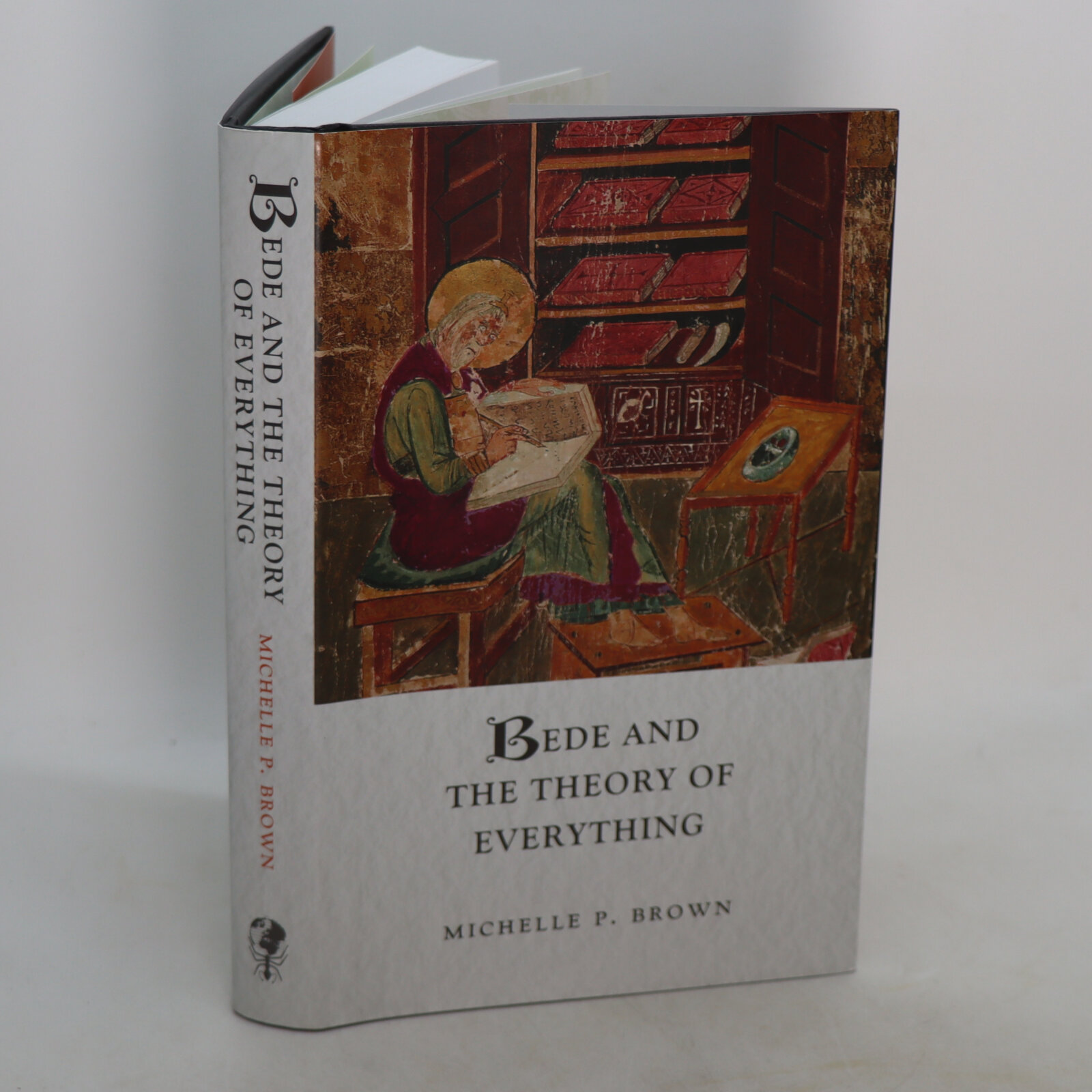
Related products
Share this Page with a friend

